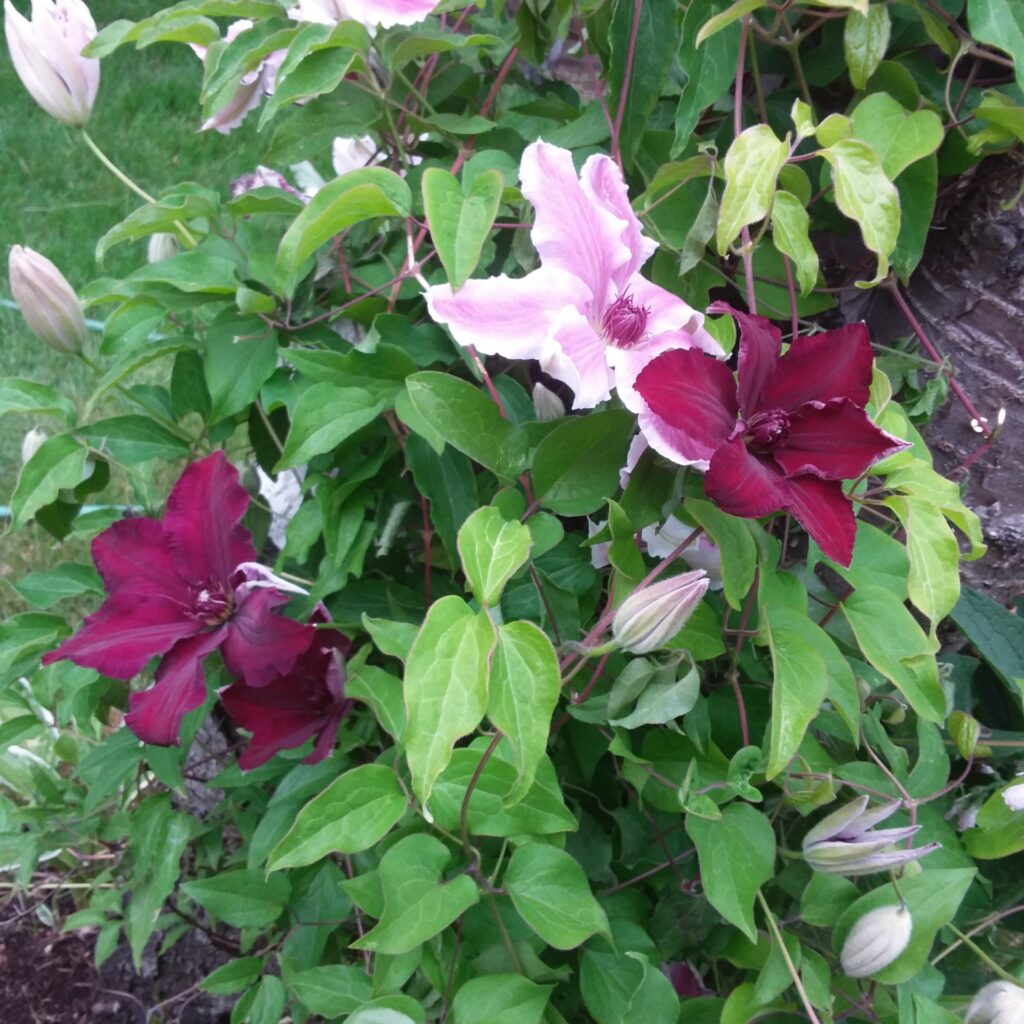Last Saturday, I attended a Zoom workshop given by author Becca Syme. Her topic: ‘Eleven Productivity Myths and Why You Should Stop Believing Them Right Now.’ Syme holds a master’s degree in transformational leadership and has coached over 6,000 individual authors and creatives during the last fifteen years. She’s also the author of a cozy mystery series and a series of books for writers.
Before discussing the myths, Syme walked us through a few quick exercises to demonstrate that we’re all wired differently and have different needs. She also spoke about the importance of questioning what we’ve absorbed as truth. Look for the assumptions under the following and decide whether they fit you.
Myth #1: If I can do it, anyone can. Not so. “Excellence is individualized, so the fact that someone else can or can’t do it has no relevance to us,” Syme says. Believing that myth could lead us to minimize our talents or hold ourselves responsible for outcomes that are out of reach. Syme illustrated the point with a story about two groups of people who were taught to speed read. Neither group had speed-reading training at the start. The first group started out reading 90 words a minute; by the end of the speed-reading course, they were reading 150 words a minute. The second group started out reading 350 words a minute; by the end of the course, they were reading 3,000 words a minute. Her point: innate potential combined with intentional development equals outcomes.
Myth #2: Having a daily routine will make me more productive. The underlying belief here, according to Syme, is that consistency is righteous (not so) or that systems are magic, which is also untrue. In my case, a daily routine does increase my productivity. For other creative types, the opposite is true.
Myth #3: In order to write faster, everyone should outline. This implies that every writer knows their plot in advance. Not true (for this writer, at least).
Myth #4: I can start my day with Facebook (insert your favourite social platform or online time waster here) and be quick about it. We tell ourselves we’re in charge of our decisions, but that’s less true than you might think, says Syme. Our decisions fall into three categories: non-habitual, like meeting a friend for lunch (free will); habitual like getting dressed or eating breakfast (less free will) and decisions like breathing/waking up tired/surfing the net when bored which Syme says is an automatic decision for many (virtually no free will). She also reminded us that Twitter/Pinterest/The Guardian always takes longer than we think. “As soon as we visit any of those platforms, someone is making money off our eyeballs,” Syme says. “We need to spend our eyeball money on our own stuff first.”
Myth #5: Planning makes me productive. This myth suggests that if we plan something, we will execute it. That’s not true for many of us, Syme says. A quick survey of the writers Zooming in on this session proved her right. The planners – and I was one – were in the definite minority. Syme says we also need to be mindful of overplanning (guilty!) because that can lead to frustration, disappointment, and a drop in productivity if we don’t achieve our plans.
Myth #6: You can’t edit a blank page. This phrase, made famous by author Nora Roberts, is so widely touted that even people living with writers believe it! Mr. Petrol Head said it last week as I struggled with an article draft. The underlying belief is that thinking is a waste of time, but for writers and many creative types, thinking is working, and we need clear head space in which to do it. Besides that, Syme says, some people can edit in their heads.
Myth #7: If it works for INSERT NAME OF PERSON YOU’RE TRYING TO EMULATE HERE, then it will work for me. This suggests someone else knows better or that their system is magic. It also tells us, at a subliminal level, that if we don’t write/create like someone else, then we’re doing it wrong.
Myth #8: This should be easy. Here we absorb the idea that there’s something wrong with us or we’re not doing it correctly if it doesn’t come easily. Believing this undermines self-confidence and the ability to take creative risks, and that, in turn, can torpedo productivity. The truth is, some things are hard even when you’re doing them right.
Myth #9: If I write (or create anything) to fit the market, then I will write faster, sell better and have greater success. This is based on the incorrect assumption that the only books that sell well are those that are written to market. For many writers (and other creative types too), working intentionally to meet market demands can ruin our storytelling capability and lower productivity.
Myth #10: Everyone should use voice dictation software to produce more quickly. The premise here is a societal one particularly prevalent in North America: speed is all-important. Not true. As well, there’s a steep learning curve for voice dictation software, and some writers find it slows them down more than speeds them up.
Myth #11: Writers write. She saved the best for last because virtually every writer I know takes this to heart. This suggests that if we’re not producing words constantly, then we’re not as much of a writer as someone who does. Syme says over half of all working writers don’t write every day. They write much more sporadically than we would think and for a host of reasons: second jobs, family demands, health issues or simply because of their own natural rhythms.
It was a great workshop and I’m still processing what I learned. One key takeaway? The ancient Greeks were right when they said ‘know thyself’ and ‘certainty brings ruin.’ In other words, know what works for you and question anyone who tries to tell you otherwise.

















Comments